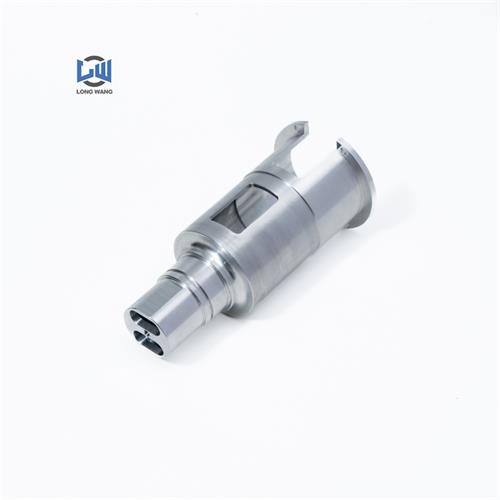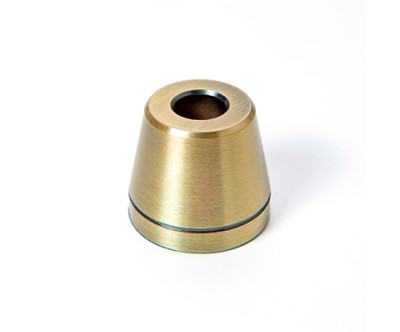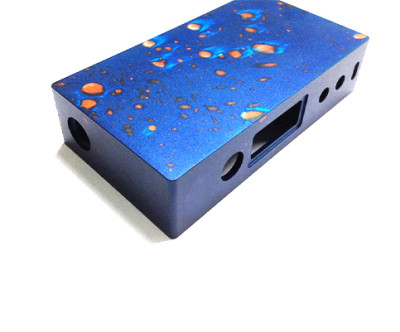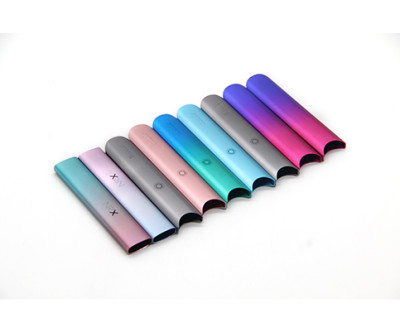Methods of Machining Aluminum Parts
Aluminum parts can be processed using a variety of methods to achieve desired shapes, dimensions, and surface finishes. The choice of processing method depends on factors such as the complexity of the part, production volume, cost considerations, and the required mechanical properties. Common methods for processing aluminum parts include machining, casting, forging, and extrusion.
Machining is a versatile manufacturing process that involves the removal of material from a workpiece using a variety of tools and equipment. This process is suitable for producing aluminum parts with high precision and intricate geometries. Methods such as milling, turning, drilling, and grinding can be employed to achieve the desired shape and surface finish. CNC (Computer Numerical Control) machining is often used for complex aluminum parts that require tight tolerances.
Casting is another widely used method for processing aluminum parts. It involves pouring molten aluminum into a mold cavity, allowing it to solidify, and then removing the finished part from the mold. Aluminum parts produced by casting can have complex shapes and thin walls, making it suitable for a wide range of applications. Common casting techniques for aluminum include die casting, sand casting, and investment casting.
Forging is a process that involves shaping aluminum by applying compressive forces using a hammer, press, or die. This method is particularly well-suited for producing high-strength aluminum parts with excellent mechanical properties. The forging process can be carried out using hot or cold forming techniques, depending on the required properties and complexity of the part.
Extrusion is a process that involves forcing aluminum through a shaped die to produce parts with a consistent cross-sectional profile. This method is commonly used to create linear shapes such as rods, bars, and tubing. Aluminum extrusion offers high dimensional accuracy and the ability to create complex cross-sections, making it suitable for a wide range of applications in various industries.
In conclusion, the processing of aluminum parts can be achieved through various methods such as machining, casting, forging, and extrusion, each offering unique advantages and considerations based on the specific requirements of the part and the intended application. The selection of the most suitable method is crucial in achieving the desired part characteristics and overall performance.



